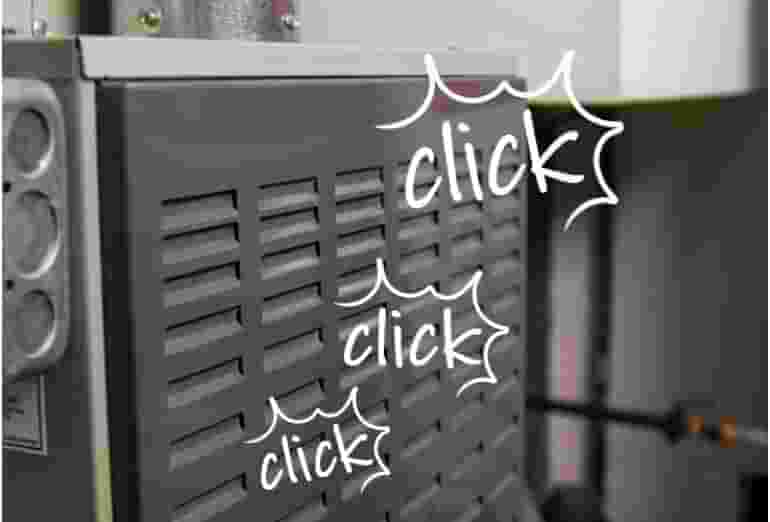Plumbing codes often lay out very specific guidelines, and failure to abide by these codes can result in fines, revocation of permits, and revocation of plumbing licenses. These codes and their parameters are in place because a failure to properly install and repair plumbing structures can result in serious damage — not only to the home itself, but potentially even to other homes nearby, to city property, or the local environment.
That being said, property owners in many areas are allowed to do basic plumbing repairs on their own homes, although they may need a permit depending on the project. Whenever considering whether to do a project yourself or hire a professional contractor, you should consider the difficulty of the project, the permits necessary, and plumbing codes for your area. It is important to follow plumbing codes for your area even if you are doing installation or repairs on your own property, as they represent best practices for plumbing, and doing so will ensure that potential contractors in the future will have fewer stumbling blocks to contend with.
-
Improper Drain Pipe Slope
A drain pipe is a pipe that delivers wastewater to the soil stack. The slope of a drain pipe is important as a means of using gravity to move wastewater through the pipe without becoming obstructed. A drain pipe with too steep of a slope can cause obstructions as well, as objects moving too fast through the pipe may be more likely to collide and condense.
Obstructions can occur suddenly or can develop over time, and can create significant potential for damage and a consequent need for in-depth repairs or replacements. Allowable drain pipe slope may depend on your state and local laws, but typically the rule of thumb is that a pipe should drop by a quarter-inch vertically for every foot that it runs horizontally.
-
Toilet Space
Many plumbing codes set specific parameters for how much unobstructed space must be left in front of and to the sides of a toilet. These same codes also apply to bidets. While the need for space lends to the comfort and convenience of the resident, it is also an issue of safety and accessibility for repairs. Obstructions in the bathroom can be extremely dangerous due to the typical makeup of and uses for bathroom environments, and proximity of toilets to other objects can be a sanitation issue. Meanwhile, a cramped toilet space can make it difficult for future plumbers to easily access the spaces they need to for repairs. Finally, a toilet should be accessible for any individual, and to that end, more space is always better.
While specific parameters may vary depending on the area, the typical rule of thumb is that toilets should have 38 centimeters of clearance from each side wall, as well as thirty inches of clearance from other sanitary structures. Codes also typically dictate how far the waste pipe should be from the back wall (usually about 30 centimeters). If the existing dimensions of your bathroom do not line up with these guidelines, you may be able to fix it by changing the position of the toilet, or by installing a different size of toilet.
-
Insufficient Ventilation
Plumbing vents, also called drain waste ventilation systems or DWVS allow harmful gases and offensive odours from the sewer or septic system to escape without entering your home. They also maintain air pressure that can promote effective drainage of wastewater. Because they need to redirect sewer and septic gases, venting pipes typically lead up to the roof, away from windows and air conditioning units.
While sewer gases are of course unpleasant and an overabundance of them may even reduce the value of your home, they also can represent a health issue. Chronic exposure to chemicals like hydrogen sulfide that are commonly found in sewer gases can cause you to fall seriously ill. Parameters for venting typically not only dictate the layout of plumbing vents, but also how far they extend beyond the roof. Offensive odours may be a sign of many different issues, but if you think the scent might be related to improper ventilation from your septic system or sewer line, you may need to get a plumber out to investigate further.
-
Inaccessible Cleanouts
Cleanouts are areas that allow you to access and subsequently clean or unclog pipes. Without these access points, it will be difficult and expensive to do proper maintenance on pipes or fix any issues. The most important cleanout is the one that offers access to your main sewer line. This is usually located outside. The cleanout is covered by a large, threaded drain plug and is typically found near a bathroom. In some cases, a home’s cleanout may be covered by construction, or it may not feature one at all. In these cases, it is in your best interest to add a new, accessible cleanout.
-
Water Heater Pressure and Temperature Relief Valve
Water heater pressure and temperature relief valves are safety mechanisms found on tank water heaters. The feature prevents dangerous temperature or pressure buildup within the water heater. Too much heat or pressure could cause the tank to rupture, resulting in issues such as flooding or injury to nearby individuals.
The relief valve is designed to release heat or pressure if a certain metric is exceeded. Typically, the relief valve will release water when the temperature exceeds 99 degrees Celsius, and will release pressure when the pressure within the tank exceeds 150 PSI. The valve is a small pipe that should extend downward from the tank. If your tank does not feature a relief valve or if you are experiencing issues such as excessive water spouting from the valve, debris coming from the valve, excessive noise from the tank, or leaks in the tank itself, you should have a valve installed or replaced. Or, in some cases, it may be a better bang for your buck to install an entirely new water heater if the existing one is old.
-
Unserviceable Water Shut Offs
Water shut-off valves, as the name implies, allow you to shut off water flow. This is a vital plumbing feature, as in the case of an issue such as flooding, where other options for making the water stop flowing are inhibited. As such, water shut-off valves are an important feature for the sake of safety, and the prevention of unnecessary cleanup and damage. It is also helpful in the event of large-scale plumbing repairs, so that structures can be disturbed without regard for any water that may be flowing through them.
The main water shut-off valve will shut off the water supply to the entire house, and is typically located in basements, crawlspaces, water heater closets, or garages. However, they sometimes are buried near the street, under a cover. The most common types of valves are ball valves, which are levers, and gate valves, which are twistable apparatuses. The latter is more common in older homes, and both are typically brightly-coloured for easy identification. These valves should be replaced regularly as they age, to prevent damage that will make them less effective. Click to call
Click to call




